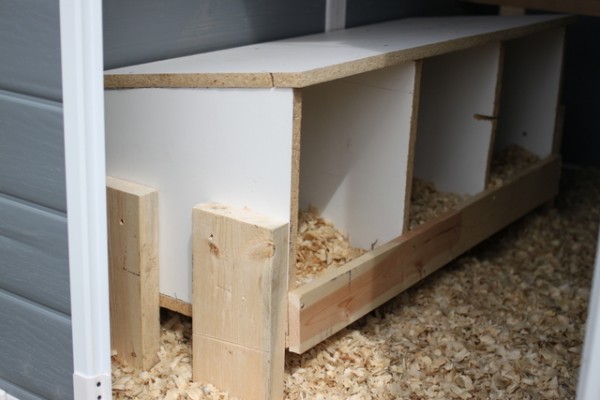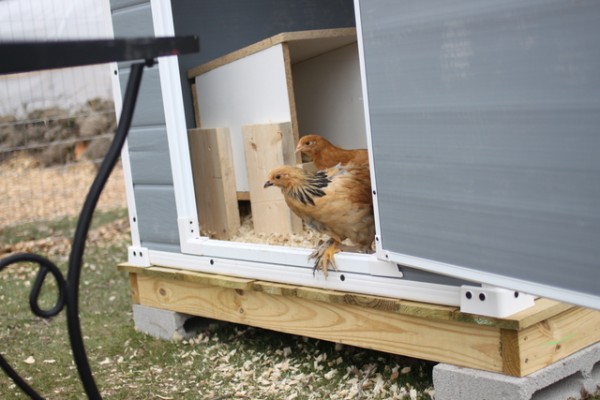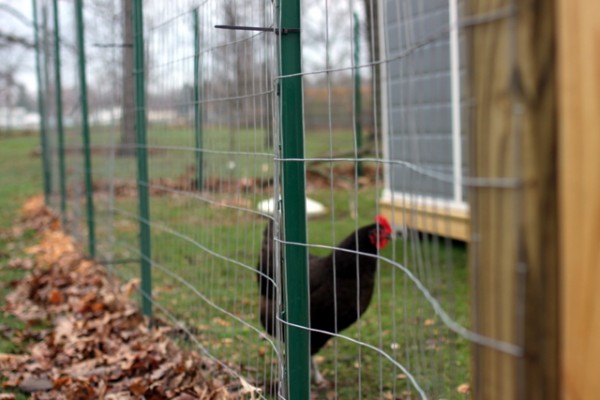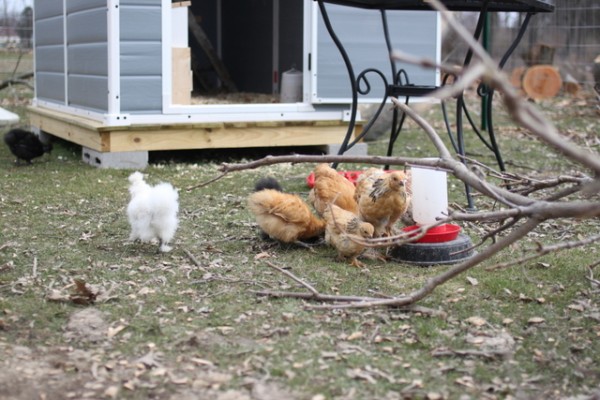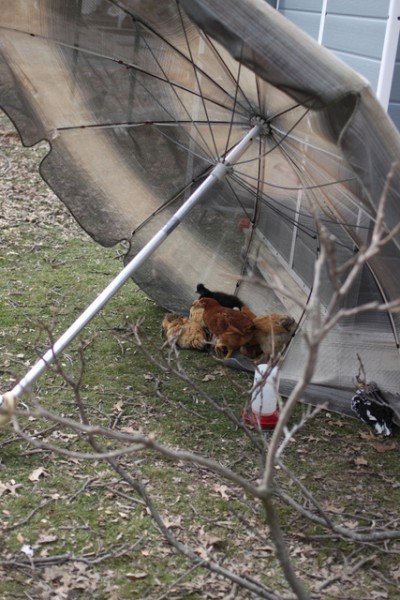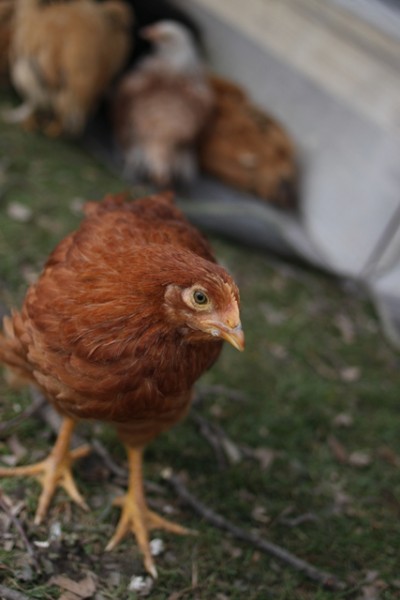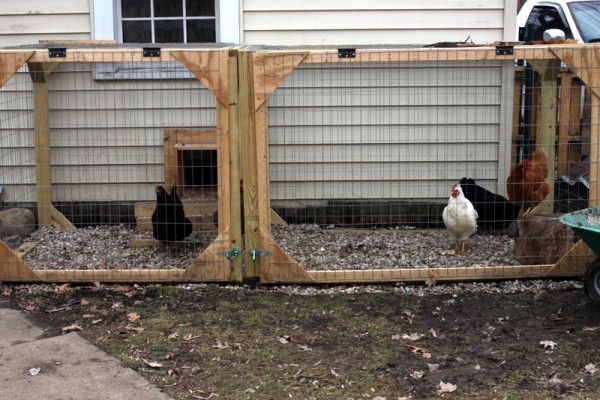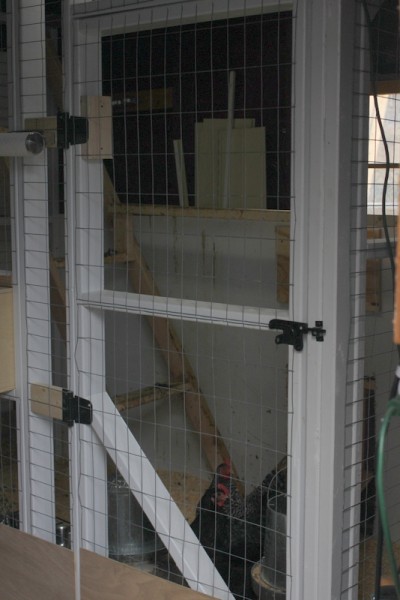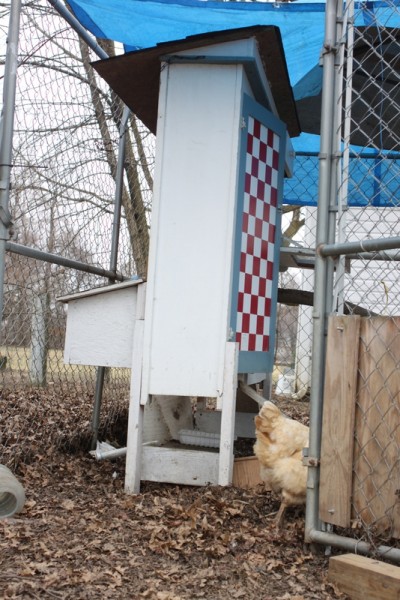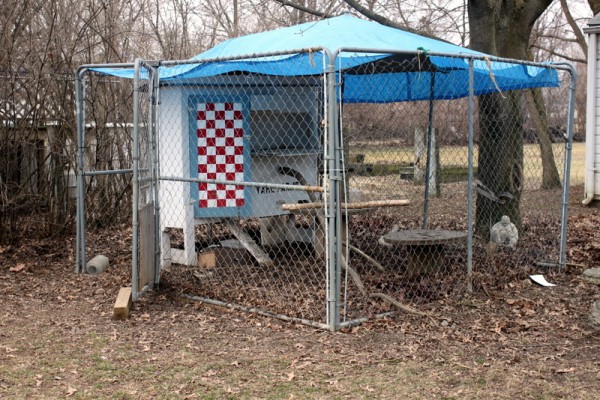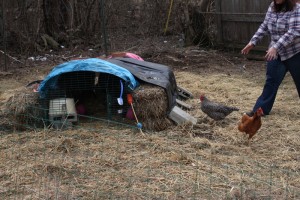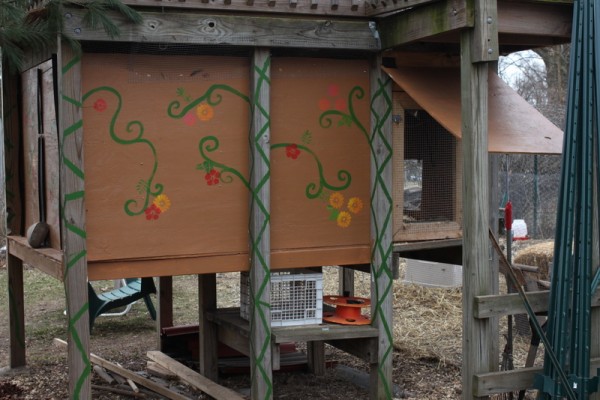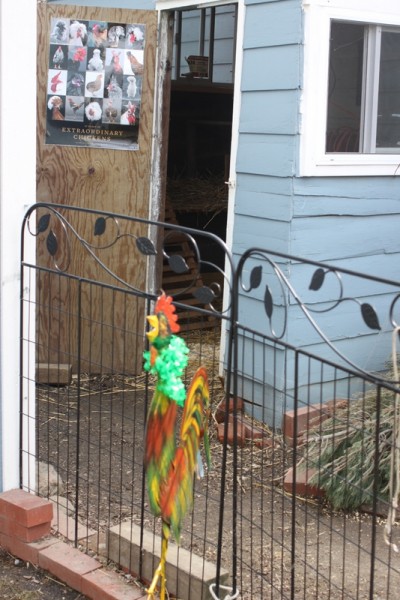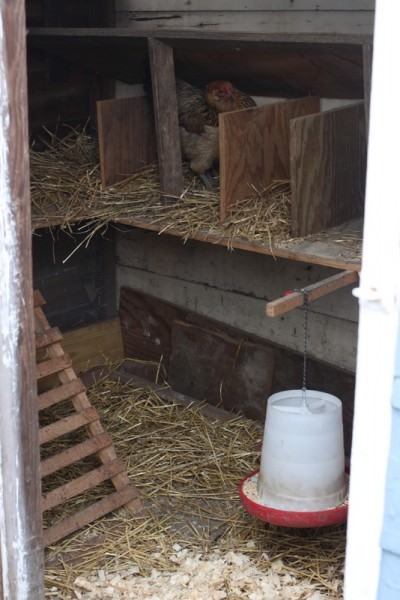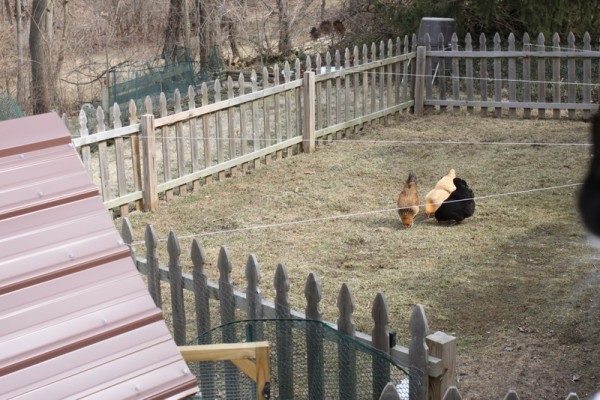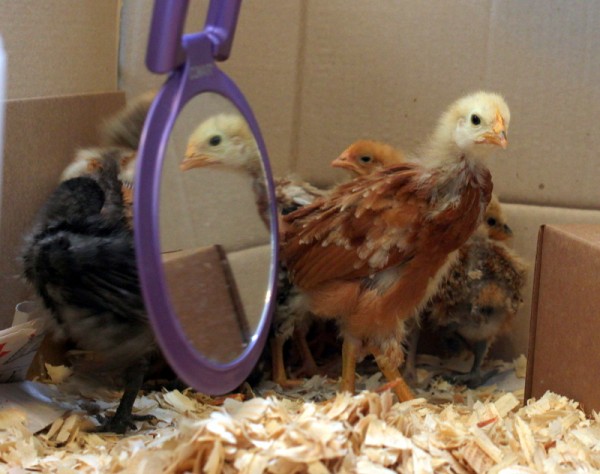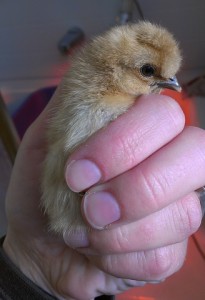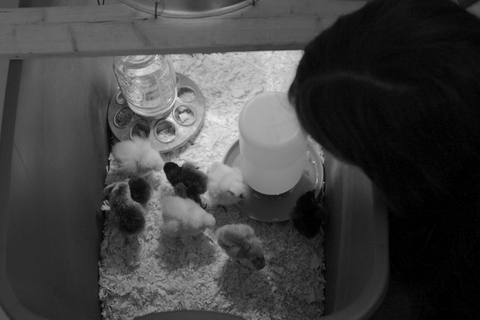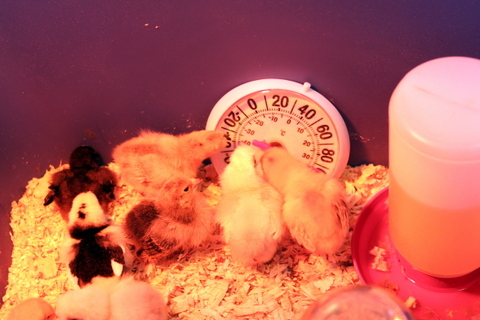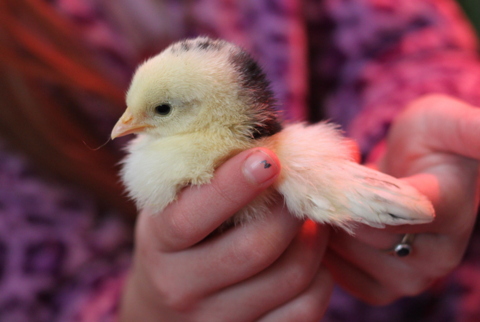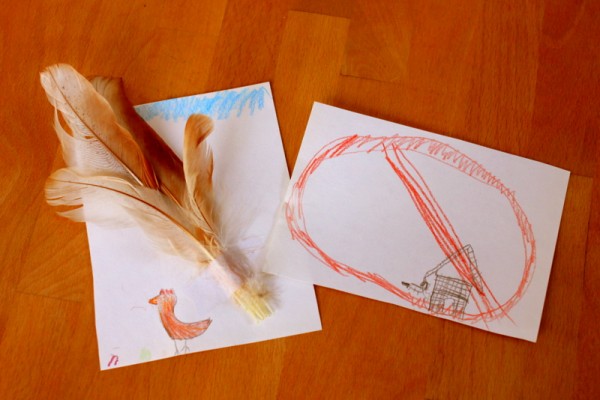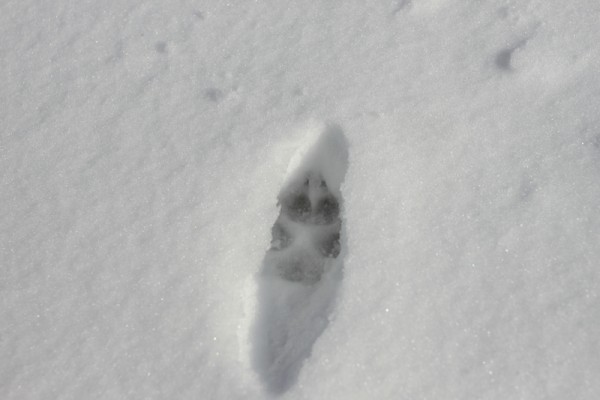The story below contains details about the process of raising meat chickens but no graphic images or descriptions of the slaughter.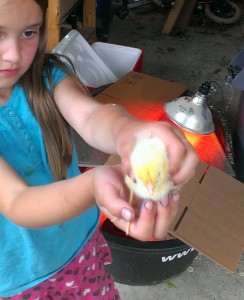
My friends Ohio Farm Girl and Lyndsey Teeter refer to Cornish Cross meat chickens as 'creepy meats'. I had no idea what they were talking about and blindly ordered six chicks to try our hand at raising meat on our very own property.
In four weeks the tiny chicks ballooned into squishy, barely feathered tweens bigger than the laying hens we had been raising for eighteen weeks already. They didn't forage, cluck, respond to us, or even kick up the grass under their chicken tractor. Creepy meats have exactly three tasks in life - eat, drink, and poop.
Caring for cornish cross chickens took us less than 15 minutes a day, whereas Lil typically spends an hour visiting, feeding, watering, and collecting eggs from the hens. The creepy meats had no personality to enjoy or activities that required our input.
When they were six weeks old, we began to discuss their demise. We weighed one and decided they could probably eat for a few more weeks to put on more weight and make our plucking time worth it.
By eight weeks, our cornish cross chicks could barely waddle up the ramp to the roost at night. Their eat-sleep-poop routine had become so vigorous that we were moving the tractor every two days to prevent them from laying in their own waste. It was time.
The Butchering
"Are you butchering them yourself?" friends and family asked. Of course. We're practiced in chicken slaughter and believe in the process of meeting your meat. Besides, with the cost of all the other inputs (see below), it didn't make financial sense to drive them to pay a processor.
On Sunday morning, we set up a borrowed homemade cone on a ladder with catch bucket underneath. Next to that was our propane turkey fryer with a pot of water. Then a table with sharpened knives, waste bucket, towels and cutting boards. Finally we had a bucket of cool water for rinsing/chilling and a cooler of ice.
The process was quick: Alex did the deed, I plucked, he eviscerated, and I cleaned up. With interruptions to console Lil (she didn't like the squawking the birds made when we picked them up, nor the after-life shaking), processing six birds took an hour an a half from setup to cleanup.
We left the chickens buried in ice for twenty four hours to go through the rigor mortis process. The next day, we vacuum sealed three whole chickens and three in pieces. Alex made pate from the liver and stock from the feet, necks, and scraps.
Raising Meat Birds By The Numbers
$15 for five chicks plus one bonus chick for no charge $0 gas because a friend nicely did the driving for a jar of sourdough starter $61.50 for 125 pounds of non-GMO local feed 20 wheelbarrow loads of free woodchips spread over the waste so flies wouldn't set in 90 minutes processing $5 ice and vac bags 24 pounds of chicken in the freezer 3/4 pint liver pate 8 1/2 pints stock
Total cost: $81.50 (not including our time or existing equipment like tractor coop, processing tools, vacuum sealer) Price per pound: $3.02 (counting pate and stock as 3 pounds of meat)
We Won't Raise Cornish Cross Again
Cornish Cross meat birds are amazing grain-to-protein machines. No other breed is able to mature in eight weeks with such high quality, tasty meat.
However, we like chickens that do more than just make protein. We want birds that can provide a foraging and soil-turning benefit since the cost of raising them ourselves barely saves a cent over buying from a reputable local seller. If they can add to the fun and beauty of the homestead, even better.
When the summer heat passes, we'll try another round of meat birds but they won't be Cornish Cross. The breeds we're looking at will mature slower but provide a value beyond meat, whether that's a taste benefit (Buckeyes), foraging/mowing (Freedom Ranger) or soil turning (both of the above).
Have you raised meat birds before? What was your experience?
PS. If you are interested in witnessing and learning how to slaughter a chicken, our friend Denise is hosting a hands-on butchering class through City Folk's Farm Shop.

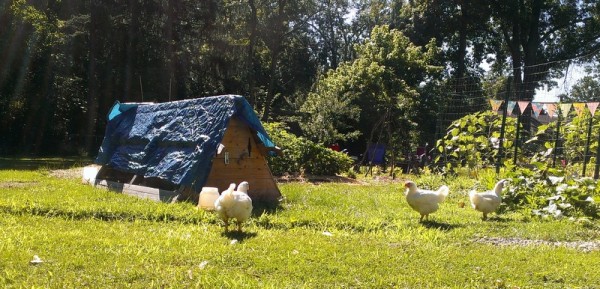
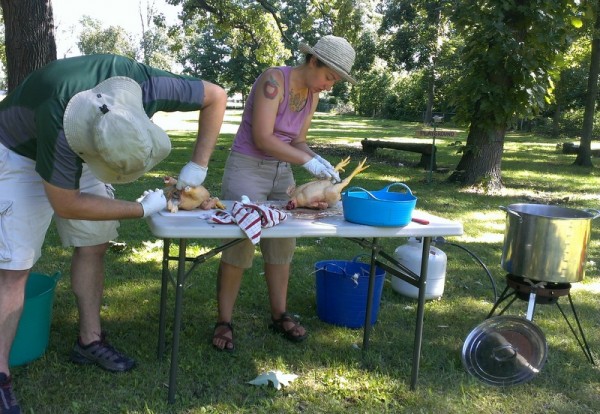
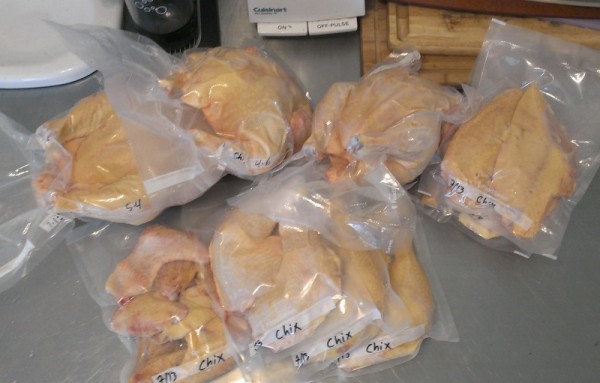
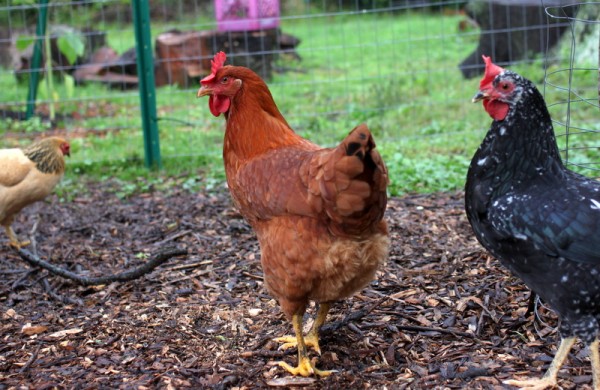
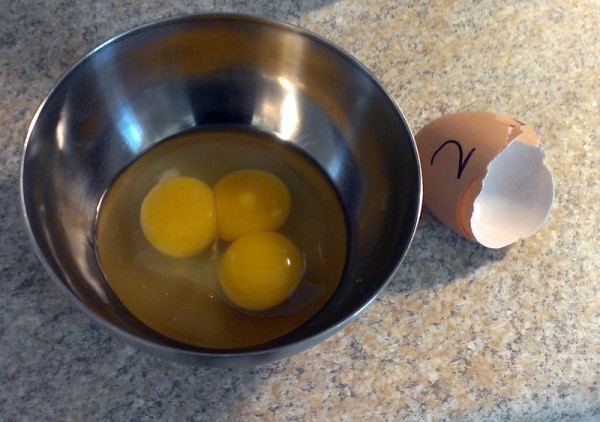
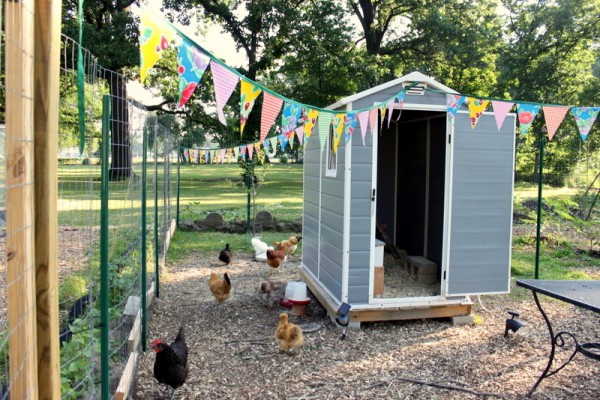
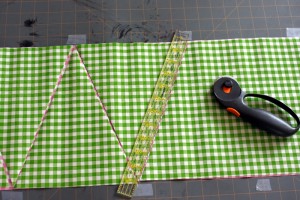

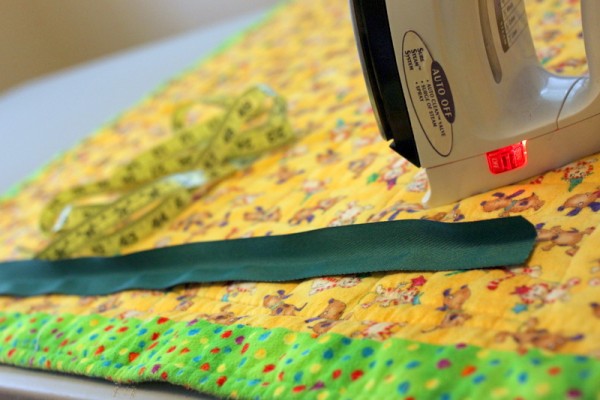
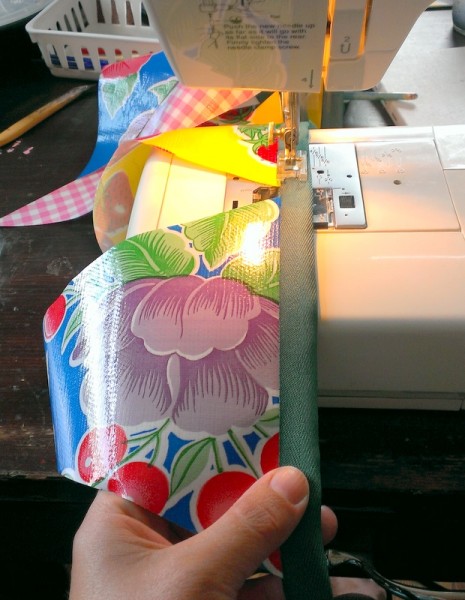 The Sew to Speak employee suggested twill tape as a binding/stringing material but they only had cotton and I wanted something that would hold up to constant outdoor use. I looked for polyester twill tape locally but found none in large lengths, so I purchased a
The Sew to Speak employee suggested twill tape as a binding/stringing material but they only had cotton and I wanted something that would hold up to constant outdoor use. I looked for polyester twill tape locally but found none in large lengths, so I purchased a  on Amazon.
on Amazon. 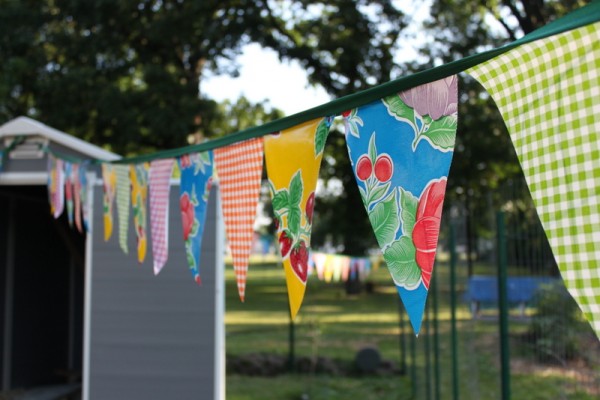
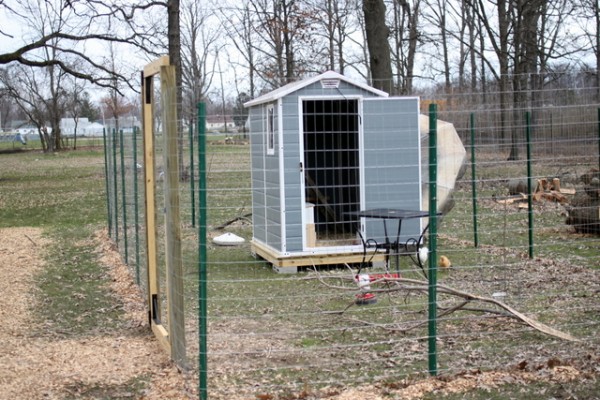 This blog has been fairly quiet recently because we're taking advantage of dry weather to work on dozens of outdoor projects. Setting up a homestead is enough work to occupy us for years!
This blog has been fairly quiet recently because we're taking advantage of dry weather to work on dozens of outdoor projects. Setting up a homestead is enough work to occupy us for years!